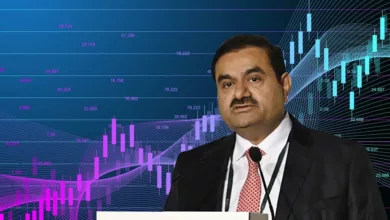Billionaires
-
Trends

Billionaire Bloodbath: India’s Richest Suffer Heavy Losses In 2025 Market Crash
2025 has been a troubled year for India’s stock market, with rapid corrections strongly influencing the fortunes of some of…
Read More » -
Trends

Clash of the Titans; Elon Musk vs. Bill Gates – A Feud That Seems Unending As Musk Comments Saying “His Technical Understanding Has Left Planet Earth”
It said that clashes between influential figures could become the stuff of legends, which seems to be the case with…
Read More » -
Trends

Billionaires who Gained and Lost the Most Wealth in 2023
The world of the economy is full of turbulence. As we dive into the second half of 2023, the elite…
Read More » -
Trends

Russian Billionaires Increased Their Fortune By $152 Billion Last Year.
According to sources, Russia’s wealthiest people added $152 billion to their fortunes in the last year, supported by strong natural…
Read More » -
Trends

Elon Musk Reclaims Top Spot On Forbes Billionaires List Of Top 10, Making History Once Again!
Elon Musk Reclaims Top Spot on Forbes Billionaires List of Top 10, Making History Once Again! When it comes to…
Read More » -
Trends

Elon Musk is on the verge of retaking the top spot among billionaires in the world as his net worth has increased by $54 billion so far in 2023.
Elon Musk is very close to reclaiming his position as the richest person in the world after losing it to…
Read More » -
Trends

Is the task of saving Adani FPO been given to India’s wealthiest billionaires?
Institutional and other non-retail investors assisted the Adani FPO in reaching the required subscription levels hours before the share sale…
Read More »



